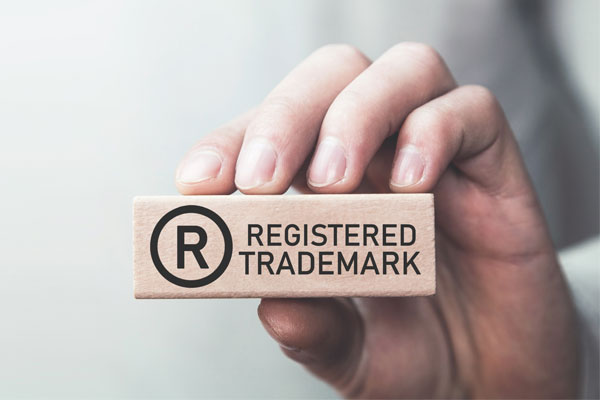Trademarks are an essential part of any business for securing brand identity and protecting intellectual property. Registering a trademark can be a daunting task, but it is a necessary step to safeguard your business. In this guide, we will cover the basics of the trademark registration process and provide you with some tips to make it easier.
Understanding Trademarks

A trademark is a symbol, word, phrase, or design that distinguishes and identifies the source of goods or services of one company from another. A trademark can be any unique identifier that sets your business apart from others. Registering a trademark grants you legal rights to use that mark exclusively to sell your products or services. This means that no other business can use your trademark or anything similar to it without your permission.
The Benefits of Registering Your Trademark
Registering your trademark has various benefits, including:
- Legal Protection: Registering your trademark provides legal protection against infringement, which means that you can take legal action against anyone who uses your mark without your permission.
- Brand Recognition: A registered trademark helps build brand recognition and consumer trust, making it easier for customers to find and identify your products or services.
- Value: A registered trademark adds value to your business, making it more attractive to investors and potential buyers.
The Trademark Registration Process
The trademark registration process can be a lengthy and complicated process, but it is crucial to ensure the protection of your brand. Here is a step-by-step guide to the trademark registration process:
- Perform a Trademark Search: Before registering your trademark, you must ensure that it is not already in use by another business. You can perform a trademark search on the USPTO website or seek the help of a trademark attorney.
- File a Trademark Application: Once you have verified that your trademark is available, you can file a trademark application with the USPTO. Your application must include a description of your mark, the goods or services it will represent, and the date of first use.
- Wait for Examination: After filing your application, you will have to wait for the USPTO to examine your application, which can take up to six months. During this time, an examining attorney will review your application to ensure that it complies with all the necessary requirements.
- Respond to Office Actions: If the USPTO finds any issues with your application, they will issue an office action that outlines the problems. You will have six months to respond to the office action and address the issues.
- Publication: If your application is approved, it will be published in the USPTO’s Official Gazette. This gives other businesses the opportunity to oppose your application if they believe it will infringe on their trademark rights.
- Registration: If there are no oppositions to your trademark application, it will be registered, and you will receive a certificate of registration.

Registering a trademark may seem like a complicated process, but it is a necessary step to protect your brand identity and intellectual property. By following the steps outlined in this guide, you can navigate the trademark registration process with ease and gain peace of mind knowing that your trademarks are legally protected.











Comments